How slice and tension are linked
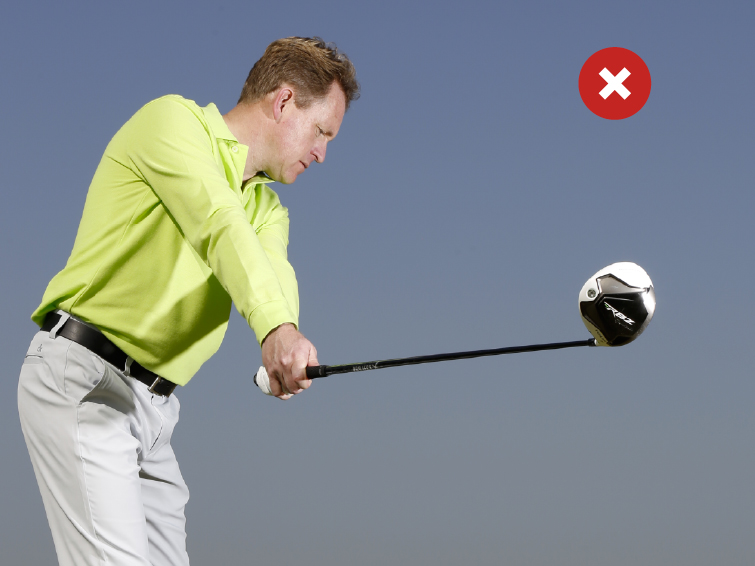

Golf Monthly Top 25 Coach Keith Wood asks how slice and tension are linked and offers some simple advice to help you hit more fairways, more often!
1 Slice And Tension
One of the most common causes of a slice, that is often over-looked, is tension. Think about all the great sports and the best sportsman and you should notice that no game is ever played well without rhythm and fluidity. In golf, tension in the swing often translates to a slice – let me explain. One of the key moves in golf is at the start of the downswing where the club should drop down onto the right path. A common cause of a slice is starting the downswing with the right shoulder, throwing the club outside the right path. This is often the result of too much tension in your hands, arms and shoulders at address. So as you take your address position, let the pressure in your hands and arms soften. This will help you create crucial angles in your right elbow during the backswing and then, if you can retain that fluidity, it will help the club drop into a much better position on the way down. Soft arms will also help you find the release required to square the face through impact. This is hugely important but often not taken seriously enough.
2 Hook Practice
No matter what your fault is, a good way to rid yourself of the affliction is to practice the opposite mistake. In this instance, it means teaching yourself how to hit a hook. This is great for people who don’t want to get too bogged down in the technical elements of the golf swing and would rather work on their feel. While you’re on the range, aim your body and club face to the right and really try to close the face through impact to create a hook. Drop the club on the inside on the way down and then make a very aggressive release through impact – the more right to left spin you generate, the better. By working on this you’ll start to understand how to rid yourself of the slice. This is a great way to develop self-awareness in your golf game.
3 Weight Transfer
Get the Golf Monthly Newsletter
Subscribe to the Golf Monthly newsletter to stay up to date with all the latest tour news, equipment news, reviews, head-to-heads and buyer’s guides from our team of experienced experts.
The reason a slice is so common is that right-handers will usually have a tendency for their right side to dominate during the golf swing (the opposite often applies for left-handers). As we have already mentioned, this can cause you to throw the club outside the line on the way down but it can also cause your weight to move in the wrong direction. To put it simply your weight should move away from the target during the backswing and towards it during the downswing. However, if you are struggling with a slice you need to check that your weight isn’t falling onto your right side through impact. This will send the club outside the ball-to-target line and cause you to cut across the ball through impact. Work on allowing your weight distribution to move right on the way back and left on the way through. You will start to hit longer, straighter shots.
4 Body Rotation
If you have been struggling with your accuracy off the tee, losing balls to sliced drives, it is only natural to search for more control. However, this often translates into a restricted body turn as players look to sacrifice distance for accuracy. The problem here is that your body rotation helps create the room required to swing the club on the correct path and also helps square the face through impact. Remember that distance and accuracy in the golf swing go hand-in-hand. You are looking for the club to work in harmony with the rotation of your body – the rotation leading the club through impact on a good path and with plenty of speed. If you are struggling with a slice make sure that your body movement hasn’t become too static.
Keith’s Checklist
- Make sure your arms, hands and shoulders are relaxed at address
- Practice hitting hooks to improve swing path and clubface control
- Move your weight away from the target on the way back and towards it on the way through
- Let your arms work in harmony with the rotation of your body

Location: The Kendleshire
Tom Motley has been a PGA professional since 2005. He offers a high level of coaching, utilising the best possible coaching technology eg Swing Catalyst with pressure plates, TrackMan 4 along with a vast array of training aids. Tom continually develops his skills through spending time with some of the best coaches across the globe.
Teaching philosophy:
Player first, swing second and understanding the human in front of you is so important. Swing techniques are all different and players want different things from a coach. It is my job to ensure I know how the player works, learns and is most comfortable to ensure they get the most benefit out of each session. On a technical level, simplicity is key but sometimes simple is left incomplete, so deliver the information is the simplest way for any student but don’t leave a session without the player having full understanding.
Most common problem:
Many have poor concept of what they’re doing/trying to do technically. For this clear communication of faults and fixes is key. Secondly players have expectation levels beyond their skill set, course management is in my opinion one of the most under-taught aspects of the game yet the most influential on lowering players' scores. Seeing players of all levels playing is a huge part of my coaching to ensure I coach the player and the players game not just the swing.
Most common impact fault:
Clubface orientation. Most players don’t understand why the ball does what it does. By explaining why they have a certain ball flight and giving the focus on start direction rather than swing path quite often a player starts to straighten ball flight. Also off-centre impacts and a lack of understanding of what gear effect is.
-
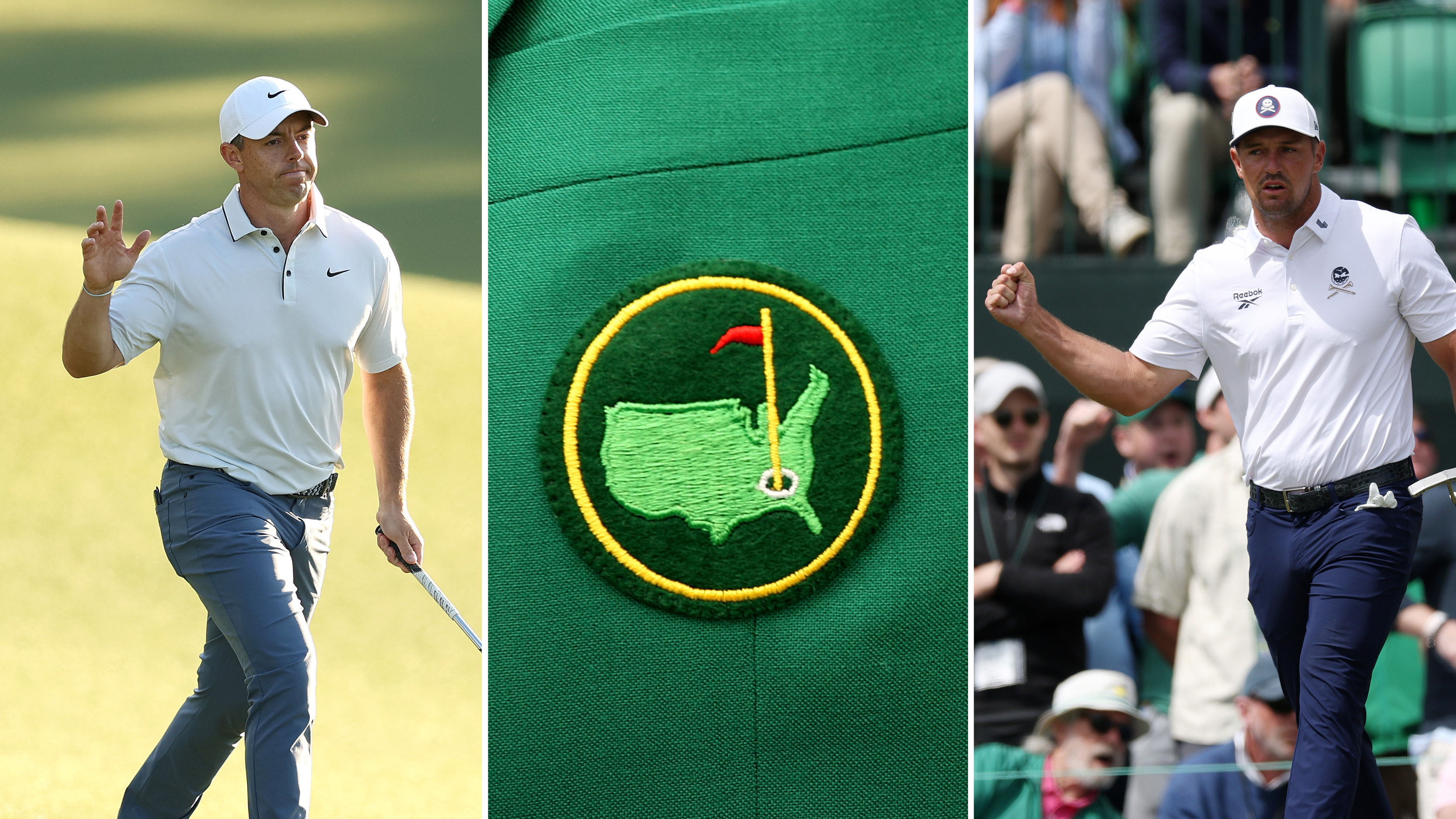 Rory McIlroy vs Bryson DeChambeau: Who Are We Picking To Win The 2025 Masters?
Rory McIlroy vs Bryson DeChambeau: Who Are We Picking To Win The 2025 Masters?We're set up for a blockbuster final day at Augusta National where Rory McIlroy and Bryson DeChambeau play together in the final group
By Elliott Heath Published
-
 The Masters Crystal Rory McIlroy Has Already Won At Augusta National This Week
The Masters Crystal Rory McIlroy Has Already Won At Augusta National This WeekMcIlroy leads going in to the final round at Augusta National, with the four-time Major winner already bagging some silverware before he looks to claim the Green Jacket
By Matt Cradock Published
-
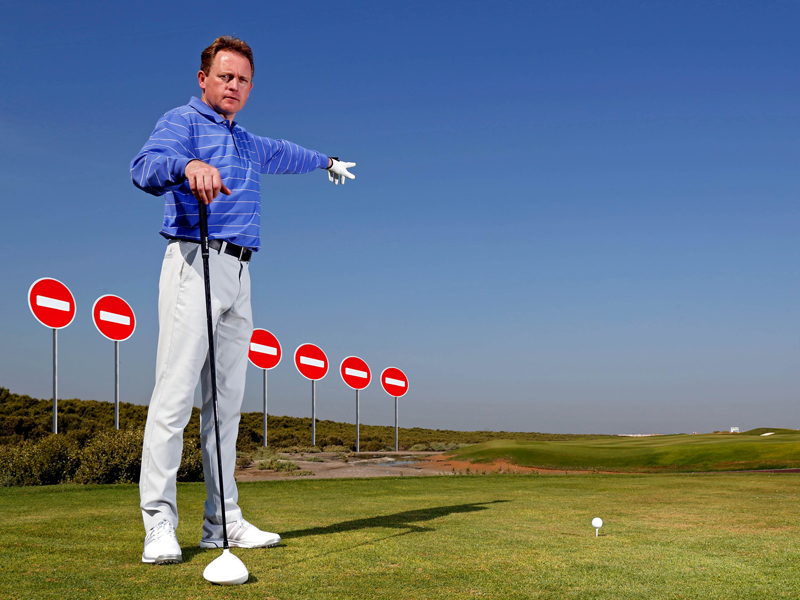 How to avoid driving out of bounds
How to avoid driving out of boundsBy Neil Tappin Published
-
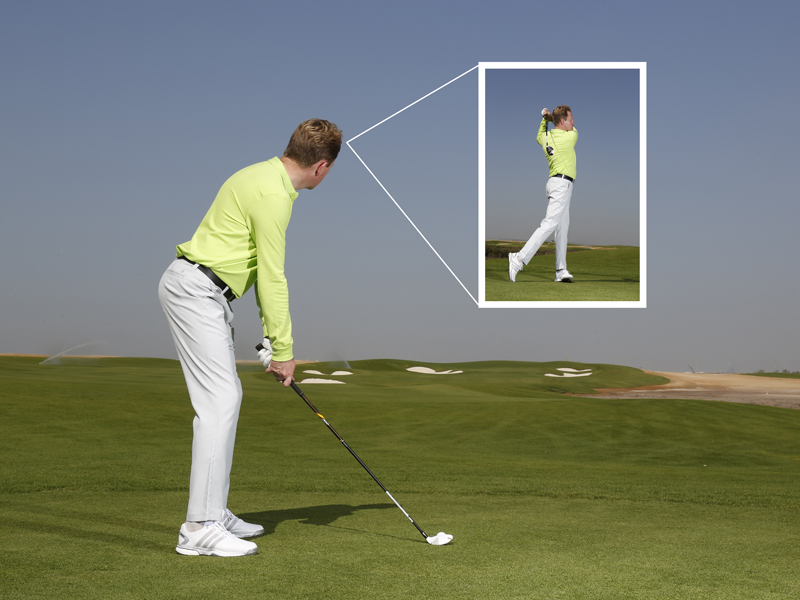 How to hit the perfect 1st tee shot?
How to hit the perfect 1st tee shot?By Neil Tappin Published
-
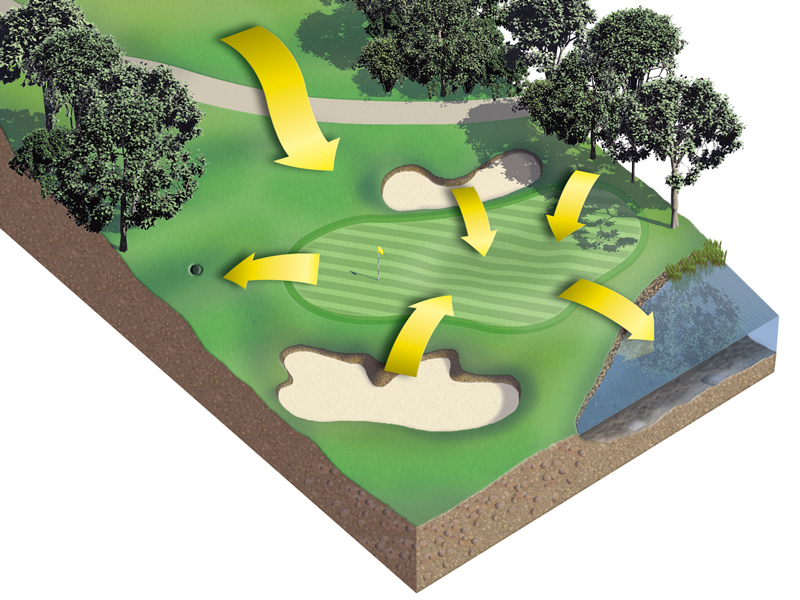 Green Reading Guide For Golf
Green Reading Guide For GolfBy Neil Tappin Published
-
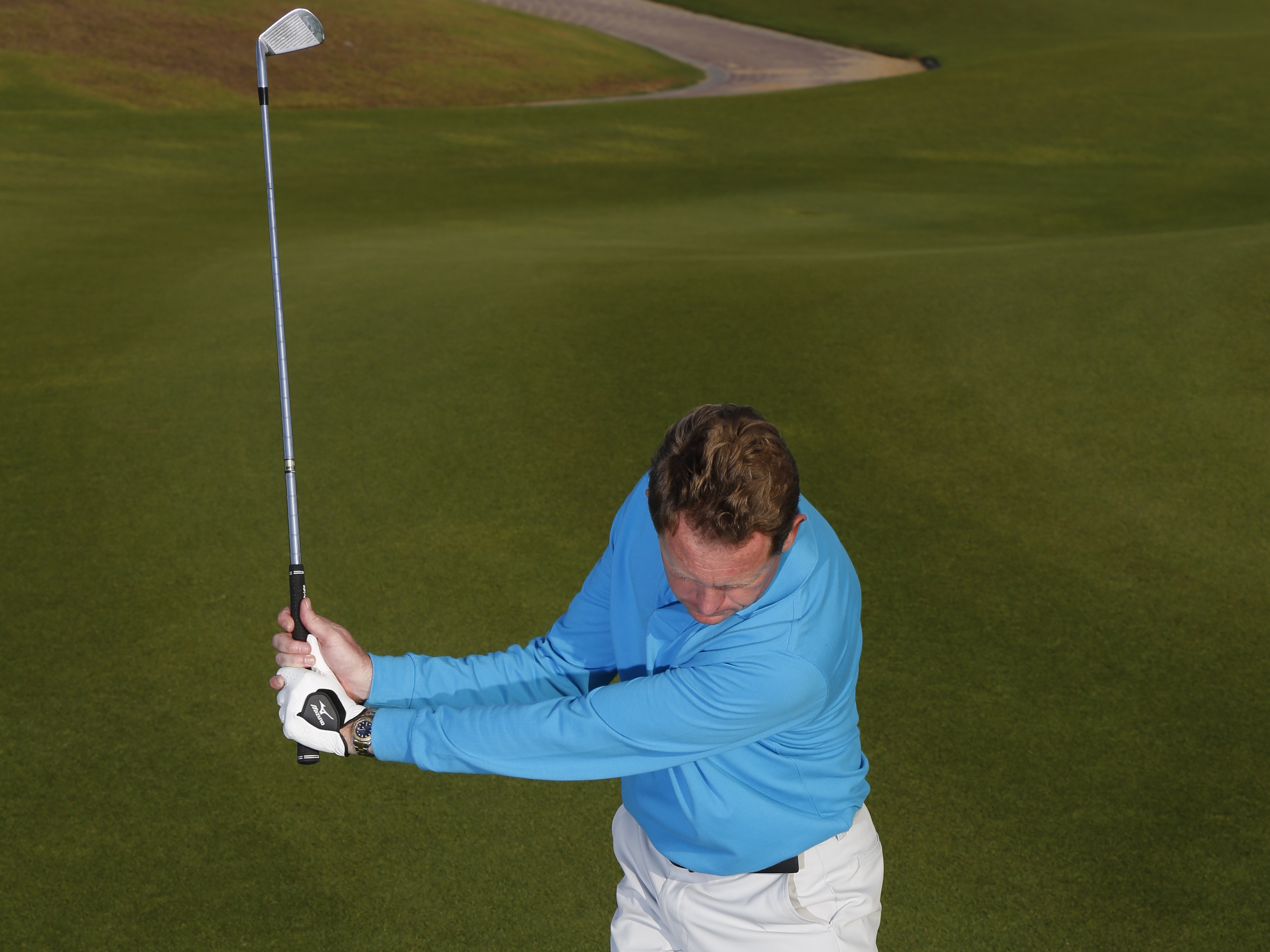 Why a good grip creates good angles
Why a good grip creates good anglesGolf Monthly Top 25 coach Keith Wood explains how a good grip creates good angles and helps everything else fall more naturally into place
By Jeremy Ellwood Published
-
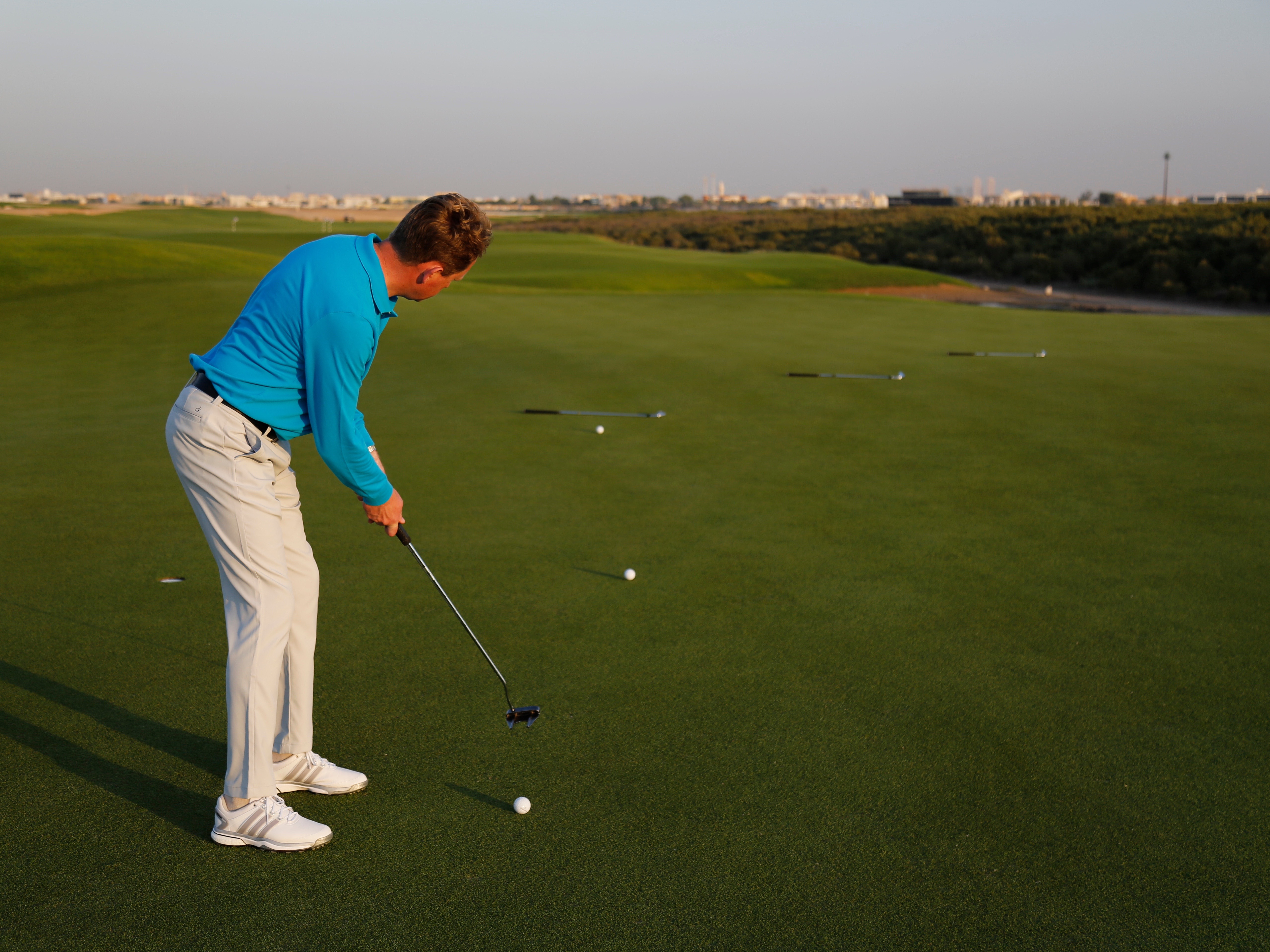 Pace putting drills and pointers
Pace putting drills and pointersGM Top 25 coach Keith Wood suggests some pace putting drills and tips to try out when seeking to hone your distance control on the greens
By Jeremy Ellwood Published
-
 Release through impact video
Release through impact videoGolf Monthly Top 25 coach Keith Wood has some tips to help you get the feeling for the correct way to release the club through impact for more consistent ball striking and extra yards.
By Thomas Patrick Clarke Published
-
 Hybrid or long iron? How to judge your lie
Hybrid or long iron? How to judge your lieBy Neil Tappin Published
-
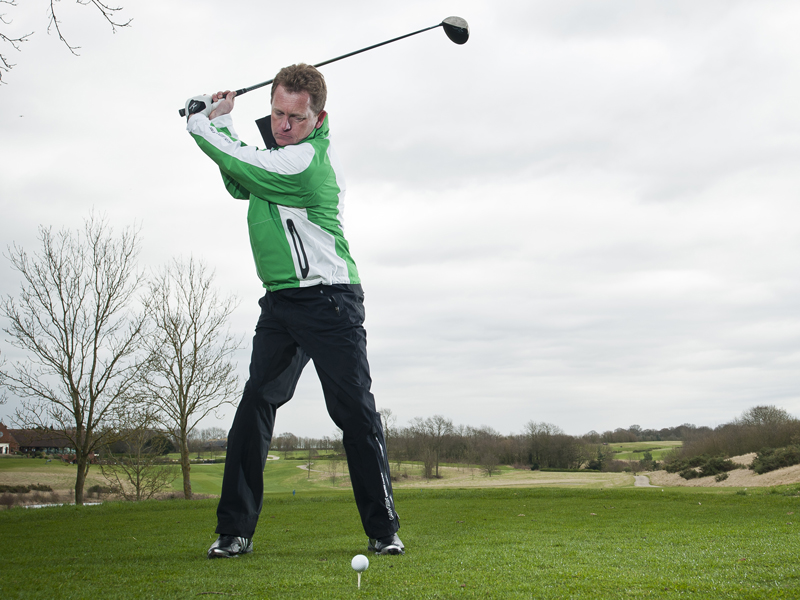 Maximise your distance into the wind
Maximise your distance into the windBy Neil Tappin Published